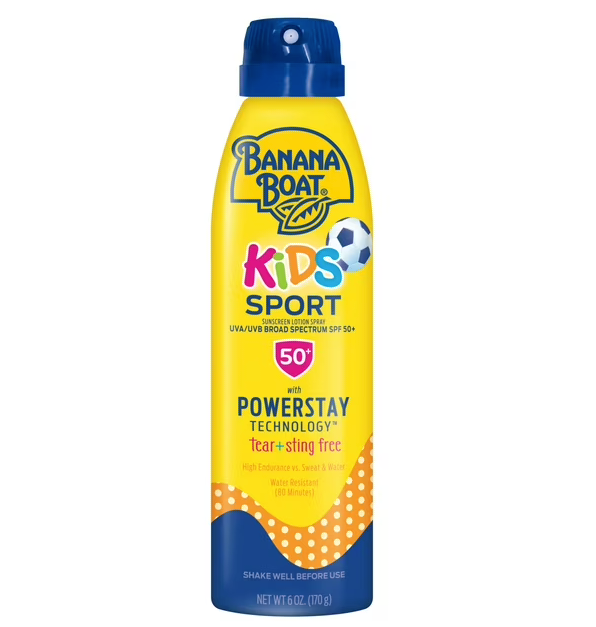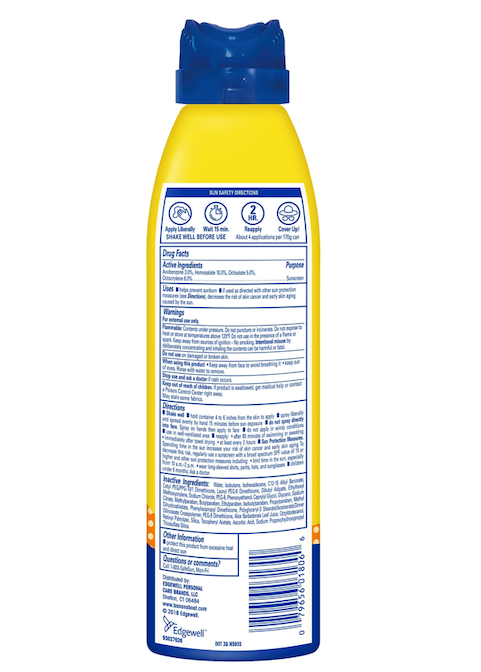Understanding the Different Types of Sun Rays and Their Effects on Your Skin
When we think about sun protection, we often focus on applying sunscreen without fully understanding why it’s so important. The sun emits different types of rays, some of which can have serious effects on our skin. In this article, we’ll break down the different types of sun rays—UVA, UVB, and UVC—so you can make informed decisions about sun protection and skincare.
UVA Rays: The Silent Skin Agers
UVA rays make up about 95% of the ultraviolet radiation that reaches the Earth's surface. These rays have the longest wavelength and can penetrate deep into the skin’s layers. While they don’t cause immediate sunburn, they contribute significantly to premature aging, wrinkles, and even skin cancer. Because UVA rays can penetrate glass, they pose a risk even when you're indoors or driving. This is why daily broad-spectrum sunscreen application is essential.
UVB Rays: The Sunburn Culprits
UVB rays have a shorter wavelength than UVA rays, meaning they primarily affect the outer layers of the skin. These rays are responsible for sunburn, and prolonged exposure can lead to skin damage, hyperpigmentation, and an increased risk of skin cancer, including melanoma. UVB intensity varies depending on location, time of year, and altitude, but protection against UVB is crucial year-round.
UVC Rays: The Least Worrisome (For Now)
UVC rays have the shortest wavelength and are the most dangerous type of UV radiation. However, they are mostly absorbed by the Earth’s ozone layer, meaning they don’t reach us under normal circumstances. That being said, artificial sources, such as welding torches and some types of sterilization lamps, can emit UVC rays, which is why protective gear is necessary in certain environments.
Why Broad-Spectrum Sunscreen Matters
Because both UVA and UVB rays can harm the skin, choosing a sunscreen labeled “broad-spectrum” is key. This ensures protection against both types of rays, reducing the risk of sunburn, premature aging, and skin cancer. Look for sunscreens with SPF 30 or higher and reapply every two hours, especially after swimming or sweating.
Other Protective Measures
While sunscreen is a vital part of sun protection, it shouldn’t be your only defense. Here are some additional ways to shield your skin from harmful rays:
- Wear Protective Clothing: Hats, sunglasses, and long sleeves help minimize sun exposure.
- Seek Shade: Especially during peak sun hours (10 AM - 4 PM).
- Use Window Protection: UVA rays penetrate windows, so consider UV-blocking window films.



